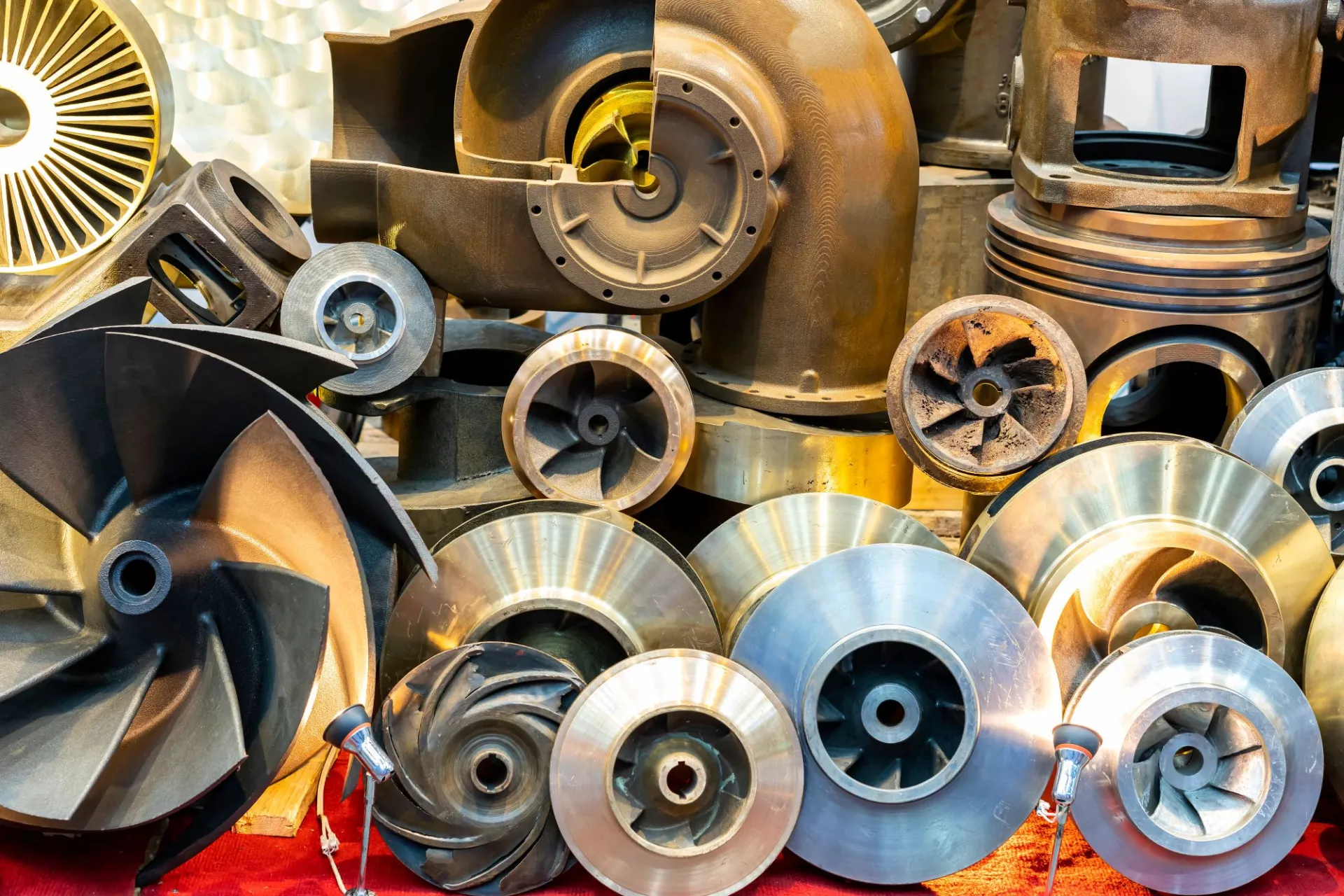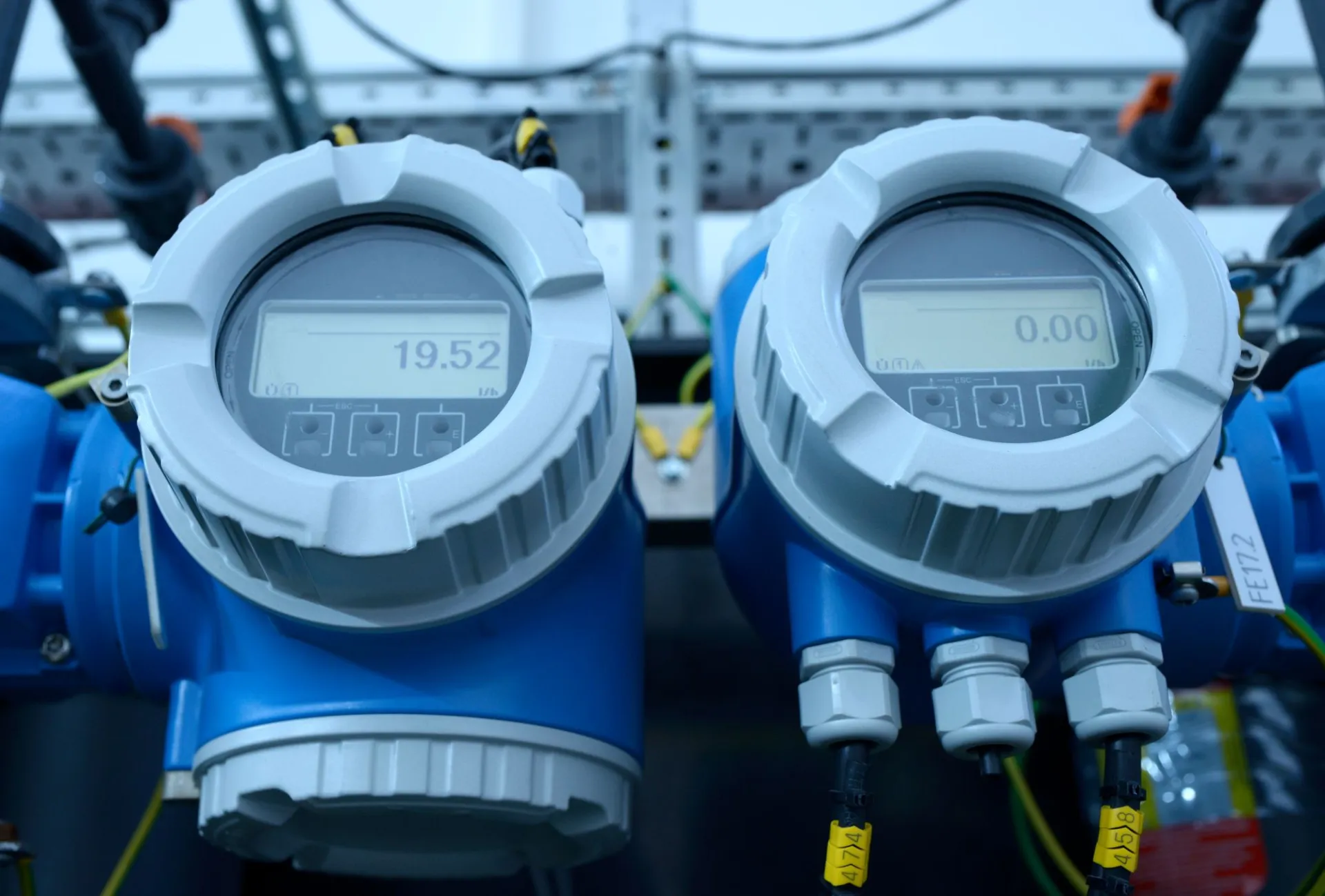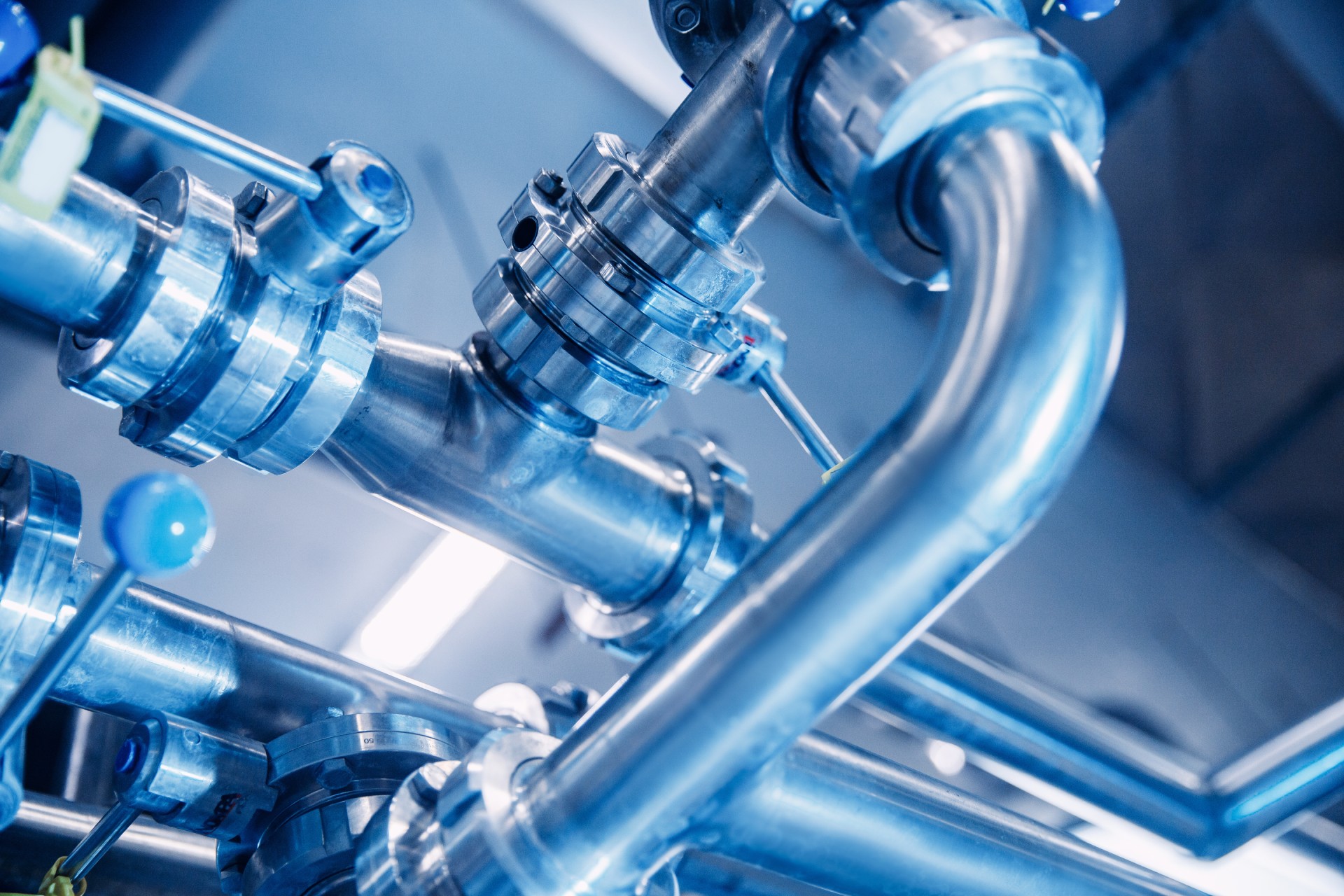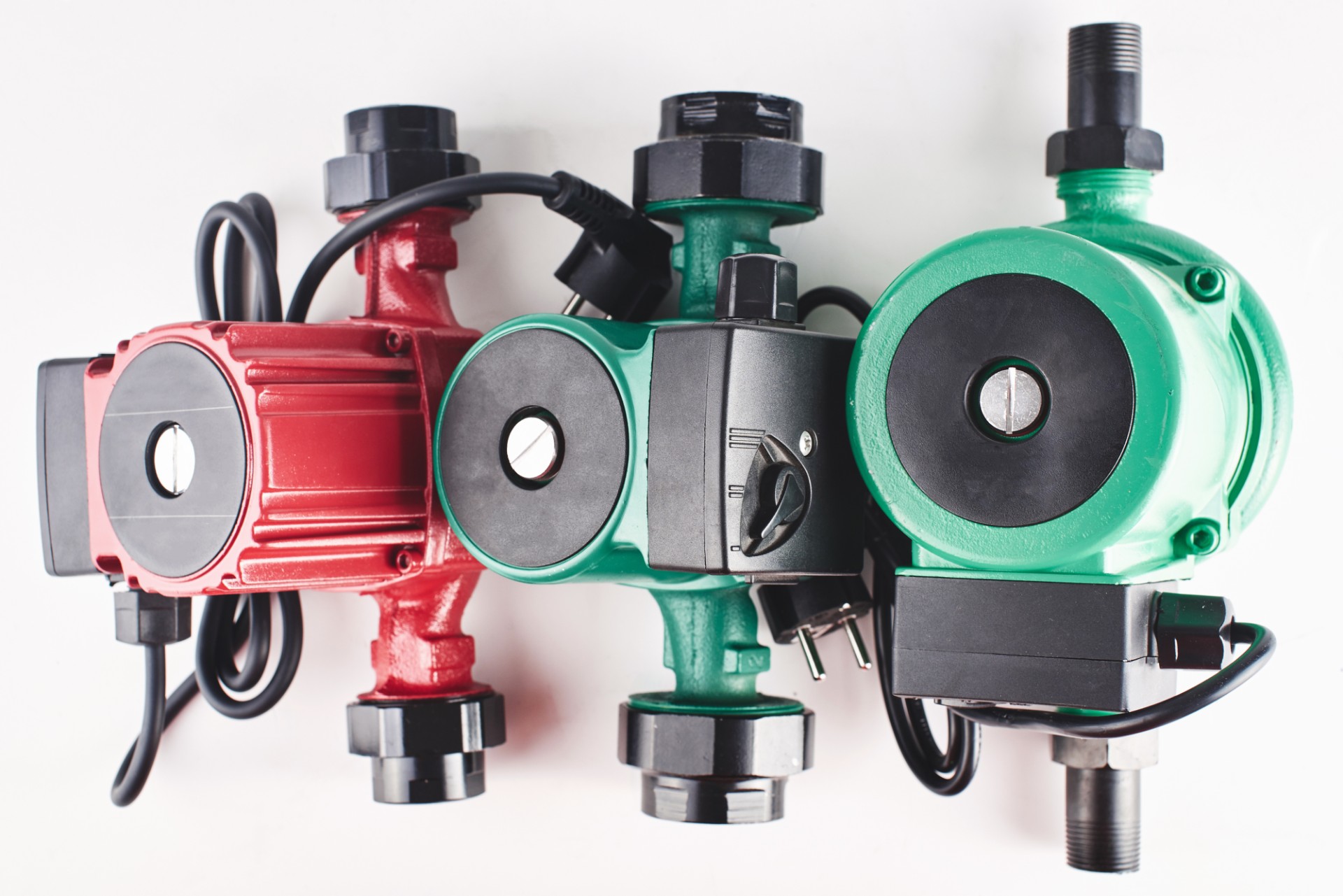Hydraulic energy drives the world. In numerous processes, a hydraulic pump creates the pressure needed to produce motion and facilitate operations.
In this article, our experts explain how to choose the right hydraulic pump for your needs, considering the different types of pumps and the benefits of each.
What is a Hydraulic Pump?
A hydraulic pump can be defined as a mechanical component designed to propel a fluid, typically oil or water, under pressure. Powered by a motor, the pump converts mechanical energy, expressed in torque and rotational speed, into hydraulic energy, measured in flow rate and pressure.
The pressure generated often exceeds 50 bars, and depending on the application, it can increase significantly, reaching up to 10,000 bars in pressure multipliers.
Hydraulic pumps are widely used in various fields, including industrial, agricultural, engineering, and even in the hydraulic systems of vehicles.
There are different types of hydraulic pumps (which we’ll explore later in this article), but they all serve the same primary function of converting mechanical energy into hydraulic energy. Specifically, they increase the energy of a fluid to raise its pressure and move it through a system.
Key Components of a Hydraulic Pump
As there are different types of hydraulic pumps, their components vary depending on the model. However, certain parts are crucial for their construction, regardless of the type.
Understanding these key components will help you make an informed decision when choosing the right hydraulic pump for your needs.
The Housing
The housing, or “casing,” is the outer structure that encases the internal components of the pump. It provides protection and structural support.
The Rotating Shaft
Sometimes referred to as the “drive shaft,” this is the rotating element that transmits mechanical energy from an external source, such as an electric motor, to the pump.
The Suction Chamber
This is where the fluid is drawn into the pump. It is typically located on the opposite side of the discharge chamber.
The Discharge Chamber
This is where the fluid is expelled under high pressure to supply the hydraulic system.
The Impeller or Gears
Depending on the type of pump, this could be an impeller, gears, or other rotating mechanisms that compress the fluid and move it through the pump.
The Intake and Discharge Valves
These valves regulate the flow of fluid, allowing it to enter the suction chamber and directing it to the discharge chamber.
The Springs or Pistons
Some hydraulic pumps, such as piston pumps, use pistons and springs to generate the necessary pressure.
What Are the Different Types of Hydraulic Pumps?
Choosing the right hydraulic pump depends on the specific requirements of the application, such as the required flow rate, operating pressure, fluid viscosity, physical size, and other factors.
Each type of pump has its own advantages and limitations, so it’s important to select the right type based on the intended use. Here are some of the main types:
Gear Pumps
These use gears to compress the hydraulic fluid and move it from the suction chamber to the discharge chamber. They are commonly used in applications requiring moderate pressure.
Axial Piston Pumps
These pumps provide high efficiency and are often used in applications requiring high pressure.
Radial Piston Pumps
Similar to axial piston pumps, radial piston pumps use pistons mounted radially around a central plate. They are also used for generating high pressures.
Vane Pumps
Primarily used in applications that require a constant flow, vane pumps use vanes that move radially within a rotor to compress the fluid.
Screw Pumps
Screw pumps are suited for applications requiring gentle and steady fluid movement.
Centrifugal Pumps
These pumps are commonly used in applications that need high flow rates but relatively low pressure.
For purchasing or repairing a hydraulic pump, trust our experts
Advantages of Hydraulic Pumps
Hydraulic pumps offer several benefits across various applications due to their ability to generate high-pressure fluid flow.
Among these advantages, they provide high power levels, making them suitable for applications requiring significant force, such as industrial machinery and heavy equipment.
They also offer precise control over speed, direction, and force in hydraulic systems.
Additionally, being more compact machines, hydraulic pumps are ideal for tight spaces.
Moreover, hydraulic fluids can be transported over long distances with minimal energy loss, which allows for powering multiple actuators from a single power source.
However, it’s important to note that hydraulic pumps also have potential downsides, such as the risk of leaks, the need for regular maintenance, and an initial cost that may be higher than other types of industrial pumps.
The decision to use a hydraulic pump ultimately depends on the specific requirements of the application and the trade-offs between benefits and drawbacks.
Examples of Hydraulic Pump Applications
Here are some examples of how hydraulic pumps are used:
- Construction Machinery
Heavy equipment: Used to power arms, booms, and buckets.
- Manufacturing Industry
Hydraulic presses: Used for forming, bending, or stamping materials.
Plastic injection machines: Used to inject molten plastic into molds.
Machine tools: Used to move and position workpieces.
- Agricultural Equipment
Tractors: Hydraulic pumps power tools such as harvesters and plows.
Sprayers: Used for distributing chemicals over crops.
- Industrial and Urban Applications
Lifting systems: Such as elevators and hoists.
Material handling equipment: Used to move heavy loads in warehouses.
- Firefighting Systems
Fire trucks: Use pumps to deliver large amounts of water at high pressure.
How to Choose the Best Hydraulic Pump for Your Project?
Choosing the best hydraulic pump for a specific project depends on several factors. Here’s a step-by-step guide to help you select the most suitable hydraulic pump for your needs:
1. Understand Your Application Requirements:
- Define your project’s characteristics, such as the required flow rate, operating pressure, type of fluid, fluid viscosity, and operating temperature.
2. Determine the Type of Pump Needed:
- Choose the most appropriate pump type (gear pump, piston pump, centrifugal pump, etc.) based on your needs. Your project’s nature will greatly influence the type of pump required.
3. Consider Energy Efficiency:
- Evaluate the pump’s energy efficiency. Energy-efficient pumps can help reduce long-term operational costs.
4. Think About Size and Weight:
- Ensure the pump fits in the available space in your system. Also, consider the pump’s weight, especially if it needs to be mounted on mobile equipment.
5. Examine Reliability and Durability:
- Look for pumps from reputable manufacturers. Reliability and durability are essential, especially for industrial applications and long-term projects.
6. Check Material Compatibility:
- Make sure the pump’s materials are compatible with the hydraulic fluid being used. Some fluids may be corrosive, which can affect the pump’s lifespan.
7. Consider Maintenance Requirements:
- Assess the maintenance needs of the pump. If your needs call for minimal maintenance, choose a model with fewer maintenance requirements.
8. Review Technical Specifications:
- Carefully review the manufacturer’s technical specifications to ensure the pump meets all the requirements for your application.
9. Compare Total Costs:
- Don’t just focus on the initial cost of the pump. Consider the total cost, including operating, maintenance, and potential replacement costs.
The Best Advice: Contact Our Team of Experts!
In conclusion, while you now have several valuable tips to make the right decision when choosing hydraulic pumps, there’s nothing like the help of experts.
With over 60 years of experience in the field, our team is ready to guide you in purchasing your hydraulic pumps. We’re also a distributor of several well-known pump brands:
- Armstrong pumps
- Flygt pumps
- Goulds Pumps
- Grundfos pumps
- Scot Pump pumps
- Wilo pumps
Additionally, we offer hydraulic pump repair and maintenance services to ensure peace of mind.




